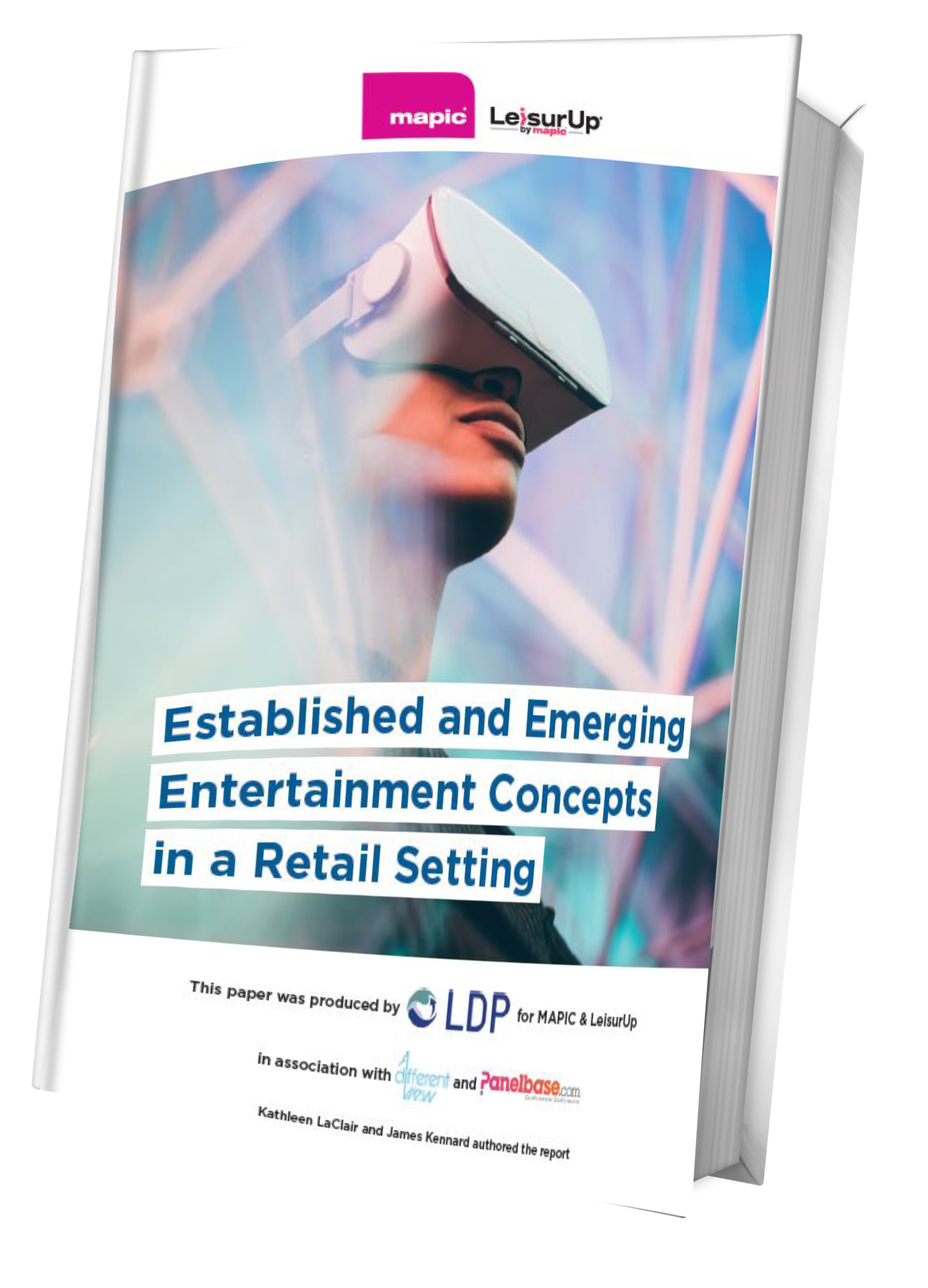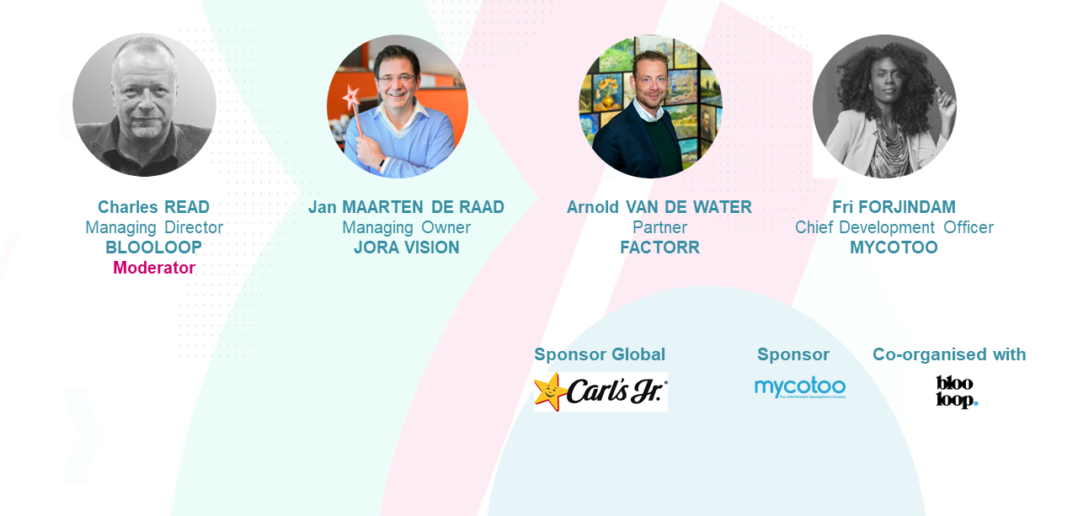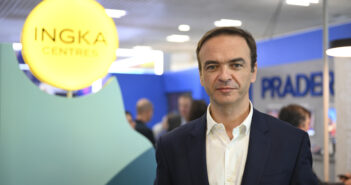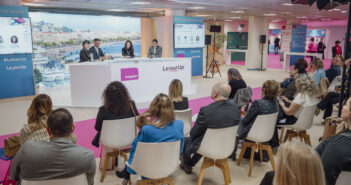The role of culture, art and entertainment as a means of reawakening places was the subject of the latest MAPIC Digital session on 14 October as three key players from the leisure and culture world discussed the issues of place development as part of the build-up to MAPIC 2021.
This online event also provided a unique and exclusive opportunity to discuss leisure and cultural innovation and its role in attracting visitors and providing “cultural bites”. This will be part of LeisurUp, taking place alongside MAPIC 2021, in Cannes, France from 30 November to 2 December this year, after being held together digitally in 2020.
Speakers about art place economic development and real estate development included Fri Forjindam, chief development officer, Mycotoo; Arnold van de Water, partner, Factorr and Jan Maarten de Raad, CEO, Jora Vision, with the session moderated by Charles Read, managing director of Blooloop.

Established and emerging entertainment concepts in a retail setting
Find out the latest characteristics of a broad range of entertainment conceptsFrom the outset, Fri Forjindam, chief development officer, Mycotoo, stressed that in place development landlords and destination owners need to stop thinking of leisure and culture as an add-on and start thinking about how it can be fully integrated within their wider real estate developments.
[Entertainment] can be a game-changer. Over the last 10 years we have seen that change, that integrated thinking. Public private initiatives that entertainment as the anchor. Looking at future cities that is not just prioritising technology and digital innovation but culture, history, said Forjindam of place development.
She added: “It is a revenue driver it’s not just a feeling. There are metrics to show how hen entertainment is integrated into your property it can be a key revenue driver for your brand.”
She warned that there is a “phobia” about the perception of costs per square metre in commercial real estate but countered that “In fact you think about the wide range of entertainment, it truly does range from a pop up in a forgotten corner of your mall to a more permanent element of your location that can be refreshed over time. That can make the financial barriers to entry more accessible.”

Established and emerging entertainment concepts in a retail setting
Find out the latest characteristics of a broad range of entertainment conceptsPlace development and future cities
It was appoint taken up by Arnold van de Water, partner at Factorr, who said: “The time is now. Malls and airports and cultural institutions are facing particular challenges and if you could have strong alignment they can come out stronger.”
He added that while it is well known that many malls are struggling, art and culture has its own challenges. “They want to be more connected with society. For them it’s a challenge because the museums are still seen as temples by many people. But if you combine arts and culture programmes in your planning then suddenly you can have the benefit of both and access to a new audience,” he said.
Van de Water said: “It’s also about empowerment of the developers themselves, If you are selecting a new masterplan then what do you need to plan, it’s curation.”
Forjindam said that destinations need to look at entertainment not as a luxury but as a solution in terms of place development. She stressed that there are very real challenges at the moment and she described entertainment as “the hook, it’s definitely the way to approach it”.
But if every mall decides to have entertainment, then you create market confusion, she warned. So you need differentiation.
You need to ask a simple and honest question: why? What is it about [an idea]that speaks to you? Are you family-focused, more adult, edgy, it is about sustainability, is arts and culture important?” said Forjindam. “Once they are there, it’s about keeping them there. It’s not just about the super-fan, that’s also about place making, it’s not just the brand but how it is going to be integrated into your property and evolved over time to keep it fresh and relevant.
Culture, entertainment and commercial real estate
Van de Water also discussed the barriers to adding culture and entertainment and said: “Somewhere in the leadership they say they want something like Van Gogh but who is responsible, leasing, marketing, events, the mall manager? It can be like a void and the idea doesn’t come true. For museums, there is still some resistance. Everyone is talking about change but there are still cold feet. But I think some are opening up.”
Jan Maarten de Raad, CEO, Jora Vision, agreed about why uptake of leisure has sometimes not been implemented, and reflected: “You need to plan it in a different way. Some of the unique leisure ideas got stuck because there is no operator. But I would like to say to the mall developers it’s time to take that chance. You do see some of those developers, but they are not so big. Surprise is what the malls need to do.”
Recasting the retail store & the new role of logistics is available on-demand and is part of MAPIC’s overall theme for 2021, People and Places: A New Chapter, which will bring together MAPIC, LeisurUp and The Happetite. It is part of a series of digital events, which will provide valuable insight on a range of topics and trends.

Established and emerging entertainment concepts in a retail setting
Find out the latest characteristics of a broad range of entertainment conceptsMAPIC, LeisurUp and The Happetite will be held together at the Palais des Festivals, Cannes, France from 30 November to 2 December.
You might also interested in placemaking in the new normal, mixed use destination that changed the city of Brest and new places of leisure in town.




